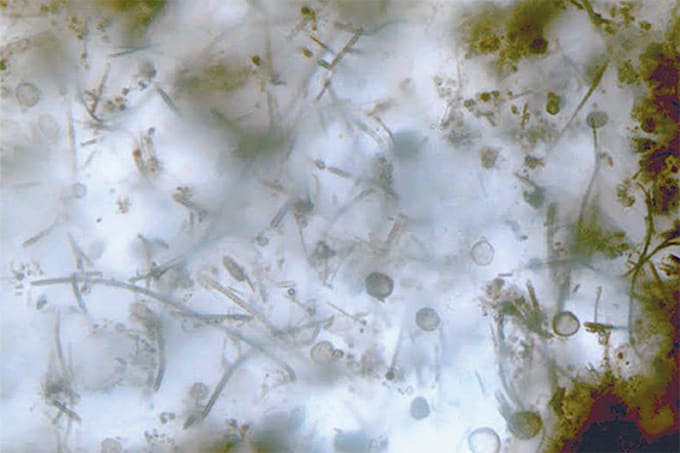Transporting, processing and finally analyzing crime scene evidence takes precious time, creating a backlog in forensic labs. Three Illinois State University professors have been working on the development and implementation of a portable mass spectrometer that could allow real-time analysis at the crime scene itself. Christopher Mulligan, Associate Professor in the university’s analytical chemistry department tells us more.
References
- AE O'Leary et al., “Monitoring the clandestine synthesis of methamphetamine in real-time with ambient sampling, portable mass spectrometry”, Anal Methods, 7, 7156– 7163 (2015). DOI: 10.1039/C5AY00511F




